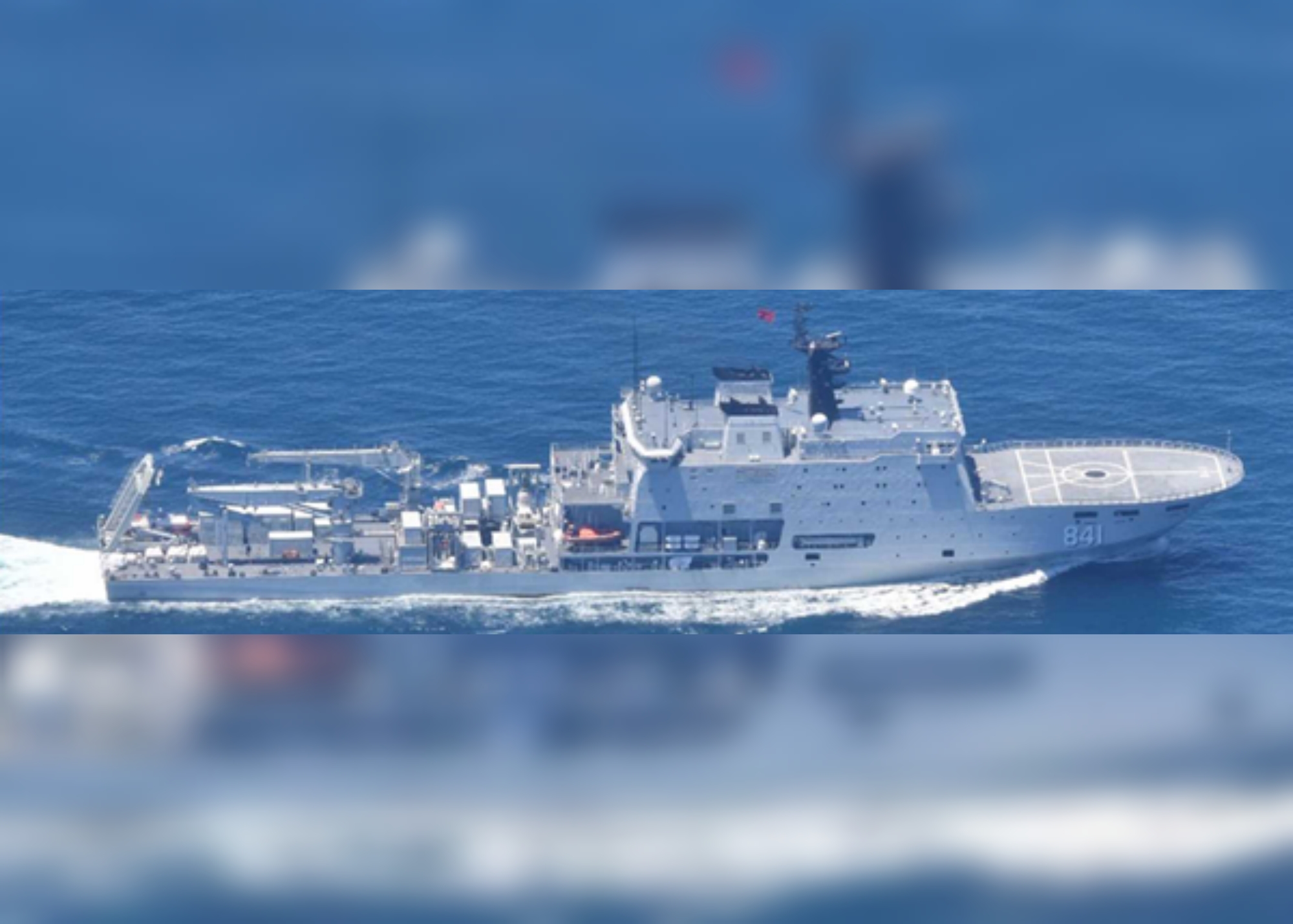URGENT UPDATE: A Chinese naval vessel designed for submarine rescues was spotted July 24, 2025, sailing toward Russia, raising immediate concerns in Japan and the U.S. This detection comes as the ship transited the East China Sea, coinciding with extensive Russian naval drills across the Northern Hemisphere.
The presence of the Chinese Dakai-class submarine rescue vessel, hull number 841, marks a significant moment in regional military dynamics. The Japan Maritime Self-Defense Force confirmed this is the first time they have identified the vessel, which passed through the Tsushima Strait into the Sea of Japan—a critical area bordered by Japan, the Korean Peninsula, and Russia’s Far East.
This situation escalates tensions as Japan, a key U.S. ally, remains vigilant against Chinese military activities in the region. With China operating the world’s largest navy and expanding its military presence into the Pacific, the implications of this vessel’s journey are profound.
Why This Matters Now: The area is part of the U.S. containment strategy aimed at limiting China’s influence, with Japan routinely monitoring Chinese military movements. The U.S. and its allies view these developments as part of a broader challenge posed by China’s growing naval capabilities.
According to naval analyst Alex Luck, the Chinese Navy is significantly enhancing its submarine support operations with advanced ship classes like the Dakai and Dafeng. “This deployment is yet another sign of things to come,” Luck stated, emphasizing the importance of logistical support for an expanding Chinese submarine fleet. The Pentagon estimates that the People’s Liberation Army Navy (PLAN) will grow from 60 to 80 submarines by 2035, highlighting the urgency of the current situation.
As the Chinese vessel continues its journey, experts are closely watching for any signs of submarines operating in the area. The Japanese military is on high alert, prepared to track the ship’s return and any potential submarine activities nearby.
What happens next could redefine military postures in Northeast Asia. With the increasing frequency of naval drills and military movements, the stakes are higher than ever. The situation remains developing, and observers are keenly aware that this is just the beginning of a new chapter in regional security dynamics.
Stay tuned for updates as this story unfolds.
